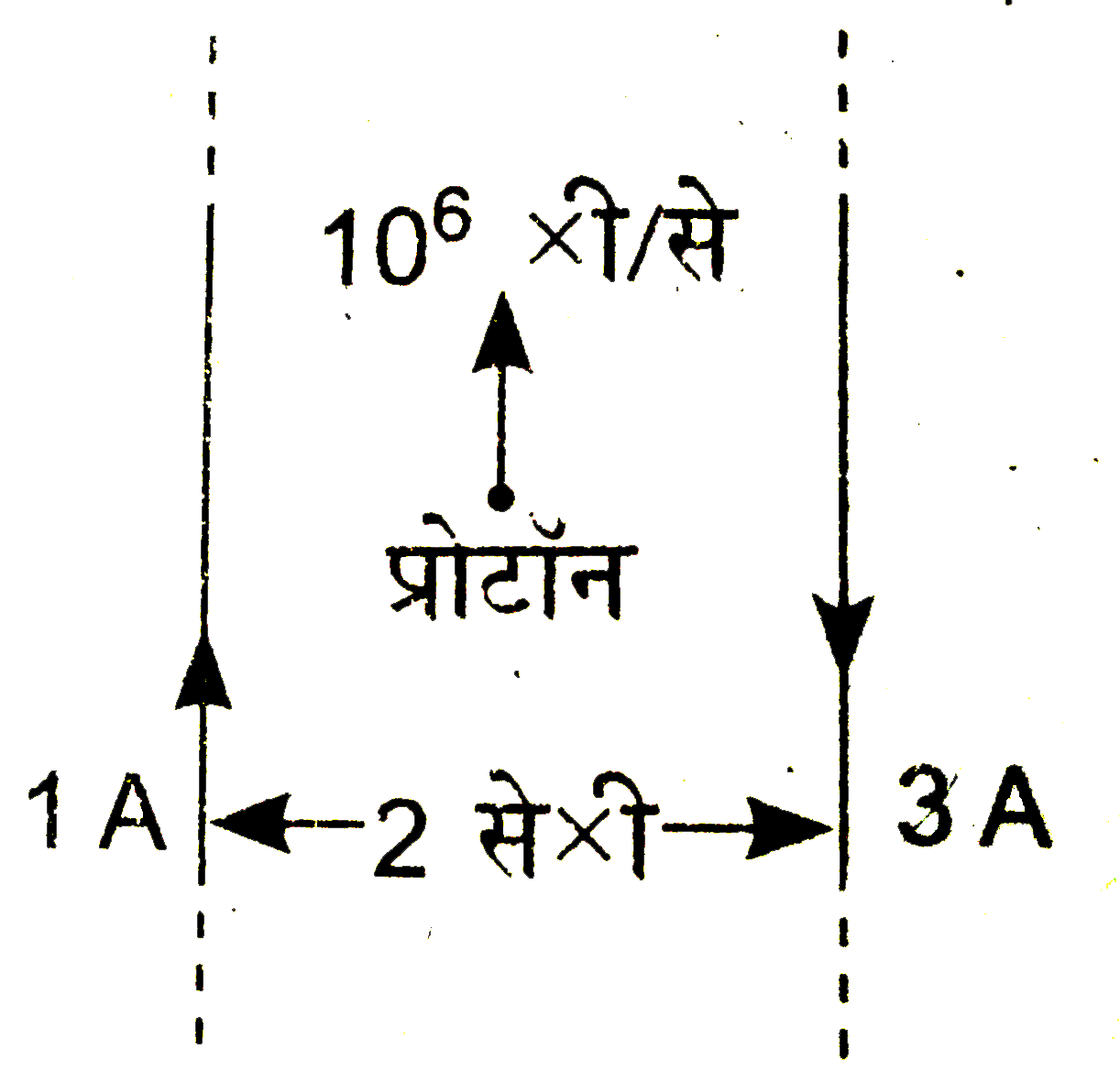Passage 1 Since coming to head in 2004, the high fructose corn syrup crisis and its role in the emergent obesity epidemic has faced unwavering denail from the food industry, yet the efforts to defend the additive on scientific grounds have been dubious at best. We are all familiar with the pitiful syllogium: corn syrup, therefore, is natural: corn syrup: therefore, is natural. However true this may be, it provides no proof whatsoever as to corn syrup's safety for human consuption. Solanine, for example, is easily extracted from potatoes and while harmless in smaller amounts, once concentrated it becomes a potent and porentially deadly neurotoxin. But i dogress. Let us not look to the source of corn syrup to determine its nutritional demrit, but turn instead to its direct metabolic effects on our bodies. Under ideal circumstances, the vast majority of sugar in our body is derived from starch, which is broken into glucose before being released to the blodstream. Glycolysis is the name applied to ten sequence chemical reactions that allows us to either liberate energy from glucose,or transform it into fats for storage in adipose tissue. Glucogenesis., meanwhile, is an opposite process in which glucose is derived from non-carbohydrate substances, and a close and efficent regulation of the balance between glycotic and gluconeogenic process in response to the changing concentrations of glucose in the blood is necessary for the maintenance of health homeostasis. By far the most critical point in this regulation occurs at the third step of glcoysis: in the hormomally-controlled phosphorylation of fructose 1,6-bisphospate. When glucose is abundant, pancreatic catalysis of this reaction, aloowing the production of fructose-1,6-bisphosphate, which in turn is cleaved into glyceraldehyde 3-phosphate and dihydroxyacetone phosphate. When glucose is scarce, pancreatic glucogen blocks glycolysis and induces the gluconeogenic production of fructose 6-phospahate, which is subsequently isomerized into glucose-6-phosphate and released into the blood.The primary problem,therefore,with deriving major amounts of dietry sugar directly from fructose rather than from starch lies in the fact that the degradation of fructose-which,upon entery into the cell,is split immediatly into dihydroxyacetone phosphate and glyceraldehyde-completely bypasses the first four step of glycolysis, including the most critical regulatory reaction in the entire process. Thus, how our bodies handle the usage of fructose is utterly dissociated from the hormonal controls of insulin and glucogen,which,over time,invariably predisposes one to obesity,diabeties mellitus, and a host of other dangerous metabolic disorders. Passage 2 The media frenzy and public outcry that ahve surrounded the use of high fructose corn syrup as a food additive are as unfounded as the similarly nonsensical indignations that erupted in response to the advent of commercially availablle genetically modified crop seeds. Despite ongoing proof that genetically modified crops are not only perfectly sae for consuption, but that they have in fact saved an estimated 600 million peole from starvation over the past two decades, fears and skepticism towards them persists simply because they are popularly perceived as "unnatural" and thus, some how unhealthy. These same misguided apprehensions habe been at the forefront of the crusade against high fructose corn syrup. Yet, in reality, the process of producing corn syrup is strikingly similar to the carbohydrate metabolism that occurs naturall within the human body. First, corn starch is broken down into glucose by bacterial amylase enzymes and glucose is subsequently converted to fructose via hardly as sinister as its opponents would have us believe. We must acknowladge, of course, that reserch has identified several serious helth risks associated with the chronic ovenconsuption of sugar, and perhaps of fructose in particular. These risks, however, are by no means limited to foodstuff containing high fructose corn syrup. Depending on the formula, corn syrup contains between 42% and 55% fructose by volume. For comarison, cane sugar, honey and agave-three popular sweetners touted as "natural" and therefore, more healthful-contains 50%, 52% and 85%fructose, respectively. Thus,while it is true that fructose corn syrup is not merely insuffiecent action to curb the fructose-associated obesity epidemic in our country, it's also patently misleading to consumers.
Q. It can most reasonably be inferred that the two authors would disagree with those who declared a food to be healthy simply because it is
"engineered"
"gentically modified"
"natural"
"metobolized"
The correct Answer is:C
(C ) Both authors debunk the connection between natural and healthy, so © is correct. Only passage 2 explicitly considers (B) and implicity considers (A), since "engineered" would be similar to genetic modification. And since metabolism is the name for how our bodies functions, it is an imprecise choice.
Topper's Solved these Questions
Similar Questions
The folowing is an excert from Jane Austem's Mansfield Park,1814. The novel's protagonist, Fanny Parice, returns home after many years of living with her wealthy relatives at Mansfield Park. William was gone: and the home he had left her in was-Family could not conceal it from herself-in almost every respect the LINE very reverse of what she could have wished.It was the abode of noise,disorder and impropriety. Nobody was in their right place, nothing was done as it ought to be. She could not respect her parents as she had hoped. On her father, her confidence had not been sanguine, but he was more negligent of his ners coarser, than she had been prepared for. He did not want abilities,but he had no curiosity and no information beyond his profession,he read only the newspaper and the navy-list,he yalked only of the dockyard, the harbour, Spithead and the Motherbank, he swore and he drank, he was dirty and gross. She had never been able to recall anything approaching to tenderness in his former treatment of herself. There had remaind only a general impression of roughness and loudness, and now he scarcely and loudness, and ow scarcely ever noticed her, but to make her the objective of a coarse joke. Her disappointment in her mother was greater,there she had hoped much, and found almost nothing. Every flattering scheme of being of consequence to her soon fell to the ground. Mrs. Price was not unkind,but, instead of gaining on her affection and confidence and becoming more and more dear, her daughter never met with greater kindness from her than on the first day pf her arrival. The instinct of nature was soon satisfied and Mrs.Price attached had no other source. Her heart and her time were already quite full, she had neither leisure nor affection to bestow on Fanny. Her daughters never had been much to her sons, especially of William, but Bestey was the first of her girls whom she had pride, Bestey her darling, and John, Rechard, Sam, Tom and Charles occupied all the rest of her material solicitude, alternately her worries and her comforts. These shared her heart, her time was given chiefly to her hoouse and her servents. Her days were spent in a kind of slow bustle, all was busy without getting on, always behindhand and lamentating it, without altering her ways,wishing to be an economist, without contrivance or regularity, dissatified with her servents,without skill to make them better and wheather helping, or reprimanding or indulging them, without any power of engaging their respect. Of her two sisters, Mrs. Price very much more resembled Lady Bertram than Mrs. Norris inclination for it or any of her activity. Her disposition was naturally easy and indolent, like Lady Betram's and a situation of similar affluence and do-nothingness would have been much more suited to her capacity than the exertions and self-denials of the one which her imprudent marriage had placed her in. She might have made just as good a women of consequence as Lady Bertram, but Mrs. Norris would have been a more respectable mother of nine children on a small income. Much of all this Fanny could not but be sensible of. She might scruple to make use of the words, but she must and did feel that her mother was a partial, ill-judging parent, a dawdle, a slattern, who neither taught nor restrained her children, whose house was the scene of mismanagment and dicomfort from beginning to end and who had no talent, no conversation, no affection towards herself, no curiosity to know her better, no desire of her freindship and no desire of her freindship and no inclination for her freindship and no inclination for her company that could lesen her sense of such feelings.Fanny was very anxious to be useful and not to apperar above her home or in any way disqualified or disinclined by her foreign education,from contributing her helps to its comfort and therfore set about working for Sam immediately and by working early and late, with preservance and great despatch, did so much, that the boy was shipped off at last, with more than half his linen ready. She had great pleasure i feelings her usefulness,but could not conveive how they would have managed without her.
Q. What best describes what happens in the passage as a whole?
View SolutionBased on the evidence in the graph,which of the following is true?

View Solutionप्राकृतिक चयन जैविक उद्द्विकास का वर्णन कीजिए!
View Solutionप्राकृतिक वरण का सिद्धांत किसने प्रतिपादित किया ? योग्यतम की उत्तरजीविता तथा उपार्जित लक्षणों की आनुवंशिकता की विवेचना कीजिए!
View Solutionउपार्जित लक्षणों की वंशागति तथा प्राकृतिक चयन में अंतर स्पष्ट कीजिए!
View Solutionअर्धसूत्री विभाजन की जीवो में जीने विभिन्नता उत्पन्न करने में क्या भूमिका है?
View Solutionप्राकृतिक चयन सिद्धांत का प्रतिपादन किया था-
View Solution60 W-220 V तथा 100 W-220 V के दो बल्ब श्रेणीक्रम में जोड़कर 220 वोल्ट मेन्स से सम्बन्धित किये गये हैं। उनमें प्रवाहित होने वाली धाराओं की गणना कीजिए।
View Solutionकारण सहित बताइए की धारामापी अपने वास्तविक रूप में धारा नापने के लिए क्यों प्रयुक्त नहीं होता है?
View Solutionएकसमान चुम्बकीय क्षेत्र B में बल रेखाओं के समान्तर एक इलेक्ट्रॉन जिसका आवेश e है, v वेग से चलता है। इलेक्ट्रॉन पर लगने वाला बल है-
View Solutionएक समतल वृत्ताकार कुण्डली में 100 फेरे है तथा उसकी त्रिज्या 3.0 सेमी है। इस कुण्डली में 2.0 ऐम्पियर की धारा प्रवाहित की जाती है। कुण्डली के अक्ष पर स्थित, कुण्डली के केन्द्र से 4.0 सेमी दूरी पर स्थित बिन्दु पर चुम्बकीय क्षेत्र की गणना कीजिए।
View Solutionएक लम्बे तार में 10.0 ऐम्पियर की धारा उत्तर से दक्षिण की ओर प्रवाहित हो रही है। तार से 10.0 सेमी दूर एक इलेक्ट्रॉन को दक्षिण से उत्तर के ओर 2.0 मी/से की चाल से प्रक्षेपित किया गया है। इलेक्ट्रॉन पर लगने वाले चुम्बकीय बल का परिमाण एवं दिशा ज्ञात कीजिए।
View Solutionप्रदत्त चित्र में दो लम्बे समान्तर धारावाही चालकों में 1 ऐम्पियर तथा 3 ऐम्पियर की धाराएँ एक-दूसरे के विपरीत दिशाओं में प्रवाहित हो रही है। तारों के बीच 2 सेमी की दूरी है। तारों के बीच ठीक मध्य-बिन्दु पर 106 मी/से की चाल से गतिमान प्रोटॉन पर कार्य करने वाले बल का मान तथा दिशा ज्ञात कीजिए।

View Solutionएक कुण्डली का क्षेत्रफल 100सेमी2 है तथा उसमें 500 फेरे है | यदि कुण्डली के तल के लम्बवत चुम्बकीय क्षेत्र 0.1 सेकण्ड में 0.2वेबर/मी2 से घटकर शून्य हो जाये तो कुण्डली में प्रेरित विधुत वाहक बल का औसत मान ज्ञात कीजिए |
View Solutionसमस्याओ में रेखिक समीकरण युग्म बनाइए और उनके हल प्रतिस्थापन विधि द्वारा ज्ञात कीजिए :
एक नगर में टैक्सी के भाड़े में एक नियम भाड़े के अतिरिक्त चली गई दुरी पर भाड़ सम्मिलित किए जाता है। 10 किमी दुरी के लिए भाड़ा 105 है तथा 15 किमी के लिए भाड़ा क्या है ? एक व्यक्ति को 25 किमी यात्रा करने के लिए कितना भाड़ा देना होगा ?
View Solutionसमस्याओ में रेखिक समीकरणों के युग्म बनाइए और उनके हल (यदि उनका अस्तित्व हो ) विलोपन विधि से ज्ञात कीजिए :
यदि हम अश में 1 जोड़ दे तथा हर में से 1 घटा दे , तो भिन्न 1 में बदल जाती है । यदि हर में 1 जोड़ दे तो यह 12 हो जाती है । वह भिन्न क्या है ।
View Solution
